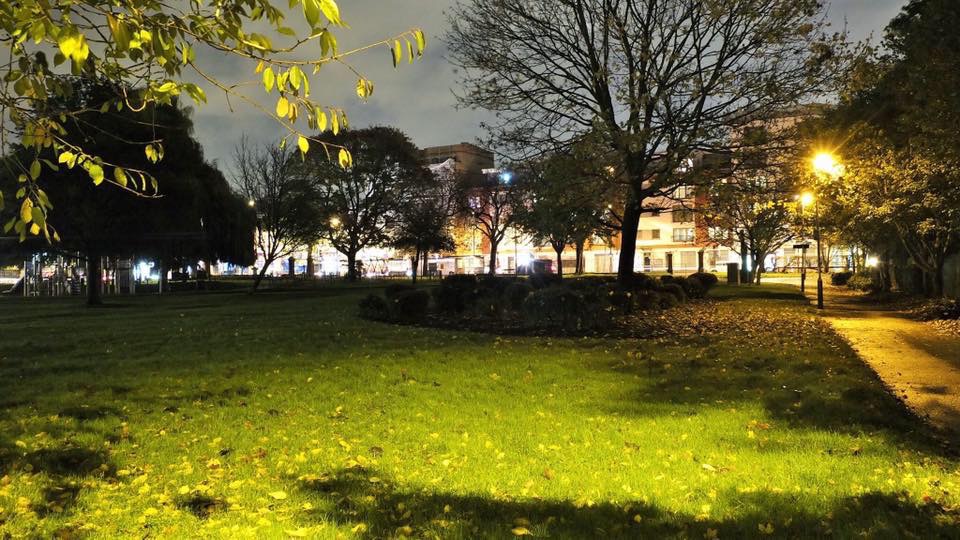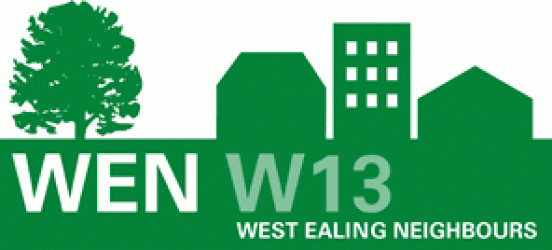As part of an ongoing series, Eric Leach reports from the Independent Examination of Ealing Council’s 2026 Local Development Framework Core Strategy (LDF CS).
DAY 5 – Thursday 10 November 2011
Government Inspector Fieldhouse is examining Ealing Council’s 15 year spatial plan for the borough in a series of public meetings being held in Ealing Town Hall. The plan’s strategy is contained in Ealing’s Local Development Framework Core Strategy (LDF CS) which was reviewed by Ealing residents and others in Autumn 2010.
The first subject reviewed on Thursday was retail. The plan outlines a retail hierarchy with Ealing and West Ealing centre – with its Metropolitan Centre status – at the head of the pyramid, below which we have the Major Centres of Acton centre, Greenford centre, Hanwell centre and Southall centre. Below that are 11 District Centres, of which Northfield Avenue is one of them.
SEC promptly questioned yet again the validity of designating Ealing centre and West Ealing centre as a Metropolitan Town Centre (MTC). It’s ‘real’ centre (Ealing Broadway) is too small; it’s two centres not one; it can’t ‘compete with its 10 other peer MTCs in London; and the MTC status provides an excuse for additional policies. For example as was revealed earlier this week the MTC status provides the excuse for massive, proposed development of the centre of West Ealing. At the same time Hanwell centre, which in many ways is a similar but smaller version of West Ealing centre, is scheduled for no development whatsoever. The Inspector, not for the first time, had to confirm that like it or not The London Plan (TLP) specifies that Ealing centre and West Ealing centre are an MTC and this examination can’t change that.
Ealing Fields representative then spent quite some time examining the Council’s retail targets and the Evidence Base which supports the plan to add 50,000 sq metres of additional retail space within Ealing centre. So that we were all aware of the scale of this uplift he’d calculated that this area represented seven times the retail area being built at Dickens Yard. That is in effect 140 new medium sized shops. He made it abundantly clear that he felt that the retail target and the assumptions and calculations used to derive the target were all ‘horribly wrong’.
The Council based its projections on a number of pieces of commissioned and non-commissioned research. They participated in a West London retail study in 2007 which was ‘refreshed’ in 2010.
The first wrong assumption, recycled from 2007, was that people would exit Ealing Broadway Station and go searching for retail destinations.
The Council’s consultant Roger Tym had presented the Council with 3 different retail scenarios and the Council had selected the Aspirational Scenario. This scenario assumes that Ealing centre will claw back retail expenditure lost to Westfield White City. The Tym figures for some reason significantly underestimate the size of the online slice of the retail pie. The Council had also used data from Oxford Economics studies. The latter produced two relevant forecasts, one significantly lower than the other. The Council took an average of the two forecasts. The Ealing Fields representative – a public and private sector forensic accountant, with over 20 years data modelling experience – had never before seen any organisation adopt this averaging ‘device’. If the lower, more conservative forecast had been selected, the target retail space figure would have been significantly lower.
Ealing Council made it abundantly clear that they were happy with the targets and felt that the expert advice they had received and interpreted was robust and authoritative.
Ealing centre is not a high quality retail destination as described in the LDF CS. There is an acknowledged and clear quality gap in Ealing centre’s fashion retail offerings. Aspirational shoppers typically drive to their retail destinations. Access by car from the west from Hanwell is poor. Access from the west from beyond Southall is very poor. Sadly the market has determined that Ealing centre is a down market retail centre, typified by retailers like Primark, Superdrug and Argos. Case studies are thin on the ground of centres which have been‘re-engineered’ from down-market retail destinations to up-market retail destinations. The real centre of Ealing is not only small compared to its MTC competitors but it is additionally challenged by the plethora of Conservation Areas. These factors severely constrain any significant retail floor space expansion.
Kingsdown Residents Association (KRA) joined in the debate pointing out that Ealing centre was clearly more of a ‘strip’ than a ‘centre’. There are lots of empty shops and some major attempts to replace retail facilities with blocks of flats and new retail at ground level have failed. Daniels historic department store site has had its new block of flats now for four years but at ground level its new retail space is still empty now after four years. Shopper car parks are being or are planned to be removed in the western sector of the EMTC. In Northfield Avenue the traders claim that break even is achieved from shoppers walking, cycling and bussing to their shops. Profit comes from passing trade by people in cars. So car parking slots are crucial to retail survival in District Centres like Northfield Avenue. But there is an absence of explicit car parking policy in the LDF CS.
Ealing Civic Society (ECS) pointed out the absence of any policy with regards to minimising the number of empty shops.
WEN sung the praises of the ‘out of town’ West Way Cross retail park at Paradise Fields in Greenford. Here one can drive to the park; always find a car parking slot (all of which are free); and enjoy spacious shopping at WH Smith, Boots and other stores. To my knowledge it was the only ‘District Centre’ enjoying expansion with a Costa Coffee shop and another shop being recently built there. I said that this successful retail model should be replicated throughout Ealing. I was then stunned by a Council Officer telling me that there would be no more such retail parks in Ealing as The London Plan (TLP) discouraged them; that they were ‘not sustainable’; and that the TLP only encouraged retail expansion in town centres.
The Lib Dem representative pointed out that there was no thematic section in the plans on retail. The Inspector agreed that this was a deficiency and instructed the Council to create one.
The examination then moved onto reviewing Ealing’s proposals on the future provision of public facilities and services. WEN made the point that as regards the three primary facilities and services the LDF CS failed to meet likely future needs because the Local Planning Authority had little and diminishing control over the provision of law and order, healthcare and education facilities and services throughout the borough.
The LibDems were concerned about the lack of provision for cultural facilities and services. ECS pointed out the lack of provision of built leisure facilities, especially in the centre of Ealing. There was much debate about the re-purposing of Acton Town Hall. The Council defended the planned reduction in leisure/community space there by aiming to make better use of the space. ECS thought approach was unlikely to improve service provision given that 4,000 new residents were expected in Acton with 1,000 in the centre alone.
Ealing Fields expressed the hope that where large new residential developments were planned that public service infrastructure should be built before the influx of new people actually occurred. Such early service provision was vital for babies and toddlers. The Council felt unable for a variety of reasons to go along with this but did say that there was some pre-development infrastructure to take place at the Southall Gas Works site. Here we were told that a new Primary School would be built and that existing local Secondary Schools could be expanded to handle the needs of the 8,000 newcomers.
Employment issues were next on the agenda.
A land owner in Hanger Hill Ward with a car park near Hanger Lane tube station yet again attempted to make his case for a mixed use development on the site. In summary he’s confident that when the draft National Planning Policy Framework (NPPF) comes into force in 2012, his application will be favourably reviewed and Ealing’s policy with be in conflict with the NPPF.
A Greenford land owner asked for more flexibility in land use policies and he actually benefited as some relevant part of the LDF CS had been mis-stated. The correction offered appeared to give him some comfort.
SEC complained that there wasn’t really much in the way of employment policy or in supporting evidence in the documents. There was little in the proposals on culture or education. There was no real evaluation of what Crossrail might deliver in the way of employment opportunities. Crossrail could bring about major changes to the structure of Ealing especially in the centre of Ealing. Ealing Council responded by outlining that Crossrail itself had done its own research re office potential.
SEC again emphasised that the large amount of empty office space was some distance form Ealing Broadway Station in the so called Office Alley. Current planning policy in the Office Alley seemed somewhat confused as was demonstrated at the Westel House site which has been variously offices and a university and was soon to become a private residential skyscraper and a hotel.
The afternoon session was devoted to the Residential Hinterlands, which is the area which nestles between the A40 development corridor and the Uxbridge Road/Crossrail development corridor. I was unable to attend this session.
Eric Leach
11 November 2011


